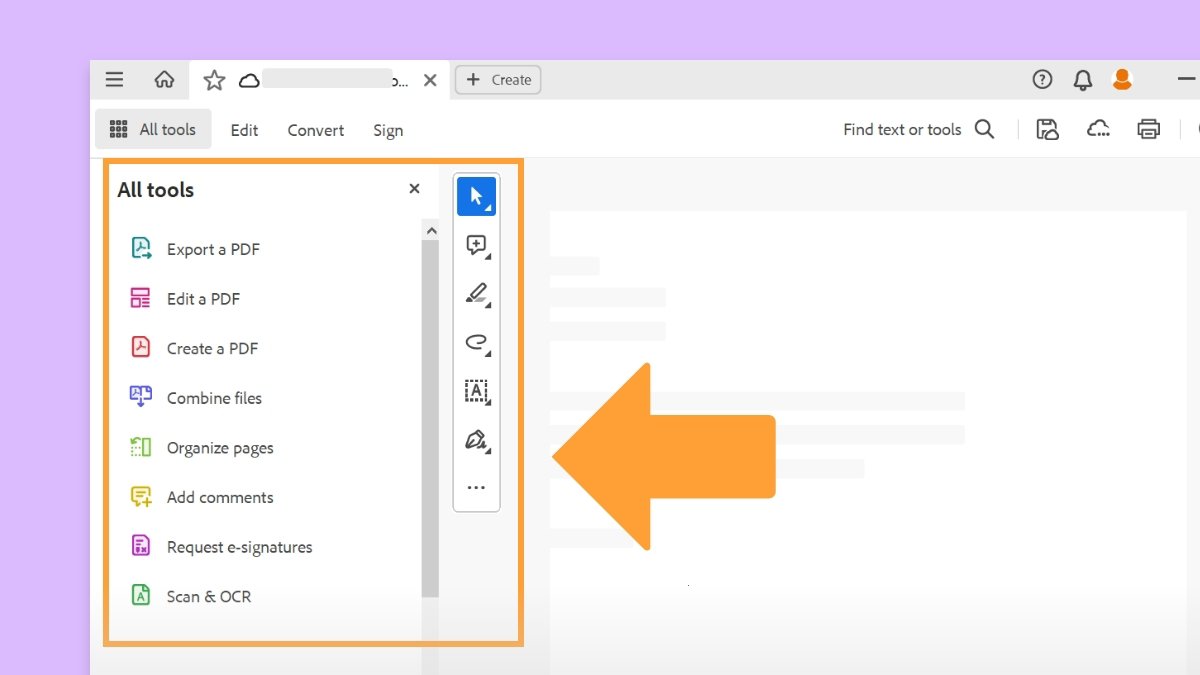Before you begin
We're rolling out a new, more intuitive product experience. If the screen shown here doesn’t match your product interface, select help for your current experience.
Before you begin
We're rolling out a new, more intuitive product experience. If the screen shown here doesn’t match your product interface, select help for your current experience.


PDF layers allow you to view, navigate, and print layered content in PDFs from applications like InDesign, AutoCAD, and Visio. You can control the display of layers using default and initial state settings. In Acrobat Pro, you have various options for managing layers, such as renaming, flattening, merging, changing properties, and adding actions.
You can use Acrobat Pro to:
Acrobat Pro doesn't let you author layers that change visibility based on the zoom level. However, you can highlight a portion of a layer by creating a bookmark that magnifies or hides the layer using page actions. You can also add links that let users select a visible or invisible link to navigate or zoom in on a layer.
To retain layers when converting InDesign CS documents to PDF in Acrobat Pro, you must do the following:
To show or hide layers, use the Layers panel. Locked layers can’t be hidden, and some layers may be organized into nested groups. The lock icon indicates that a layer is for information only. In Acrobat Pro, locked layer visibility can be changed using the Layer Properties dialog box.


The Layers panel provides options to control layer visibility for different purposes:
To Show/Hide a layer, select the eye icon. This setting temporarily overrides the settings in the Layer Properties dialog box.
Layer visibility set using the eye icon in the Layers panel doesn't save when you close the file. To save a different view of a layered PDF in Acrobat Pro, change the default state of the layers in the Layer Properties dialog box.
In Acrobat Pro, you can edit layer properties to control visibility and printing. The Layer Properties dialog box allows you to change the layer name, default state, visibility, print, and export settings. These changes take effect if the option "Allow layer state to be set by user information" is selected in the documents Preferences.
To access layer properties:


For example, if a layer contains a watermark that you want to be invisible on screen but appears in print and when exporting to other formats, modify the following settings:
You can reorder individual layers in the Layers pane except for locked layers and layers in nested groups. To reorder a layer, select it and drag it to the desired location.
You can’t reorder locked layers, and you can’t reorder layers in nested layer groups.
You can add links and destinations to layers to change the view of a document when users select a bookmark or link. By associating layer visibility with bookmarks or link destinations, you can control the display of specific layers.
To associate layer visibility with bookmarks:
Set the required layer properties, visibility, and magnification level for the target PDF layer in the document pane.
From the right panel, select the Bookmarks icon > New bookmark icon.
Select the new bookmark and then select ![]() > Properties.
> Properties.
In the Bookmark properties dialog box, select the Actions tab.
For Select Action, choose Set layer visibility and then select Add. Then, select Ok.
Select the bookmark label in the Bookmarks panel, and name the bookmark.
If you change the layer visibility using the eye icon, the visibility changes aren’t recorded in the Navigation toolbar.
In Acrobat Pro, you can import layers from PDF or image files into a target PDF. Supported image file formats include BMP, GIF, JPEG, JPEG 2000, PCX, PNG, and TIFF. The import options include creating new layers, adding to existing layers or layer groups, and copying layers from the source document.
To import layers:
Merging layers combines their properties into a target layer, while flattening layers hides non-visible content and consolidates all layers. Note that merging or flattening operations cannot be undone.
To merge layers:
You can’t undo either a merging or a flattening operation.
When editing layered content, select or copy using the Select tool or Snapshot tool. Content selection includes all visible content regardless of the layer. Editing content associated with one layer affects only that layer, while content associated with multiple layers changes in all layers. Additional content can be added to layered documents, but it is not associated with specific layers.
Acrobat allows you to merge PDF documents that contain layers using the Merge Files Into A Single PDF command. The layers for each document are grouped under separate headings in the Layers panel, which can be expanded or collapsed as needed.
Work smarter with Acrobat on your desktop
Create, edit, and organize PDFs with powerful tools that help you stay productive anywhere.